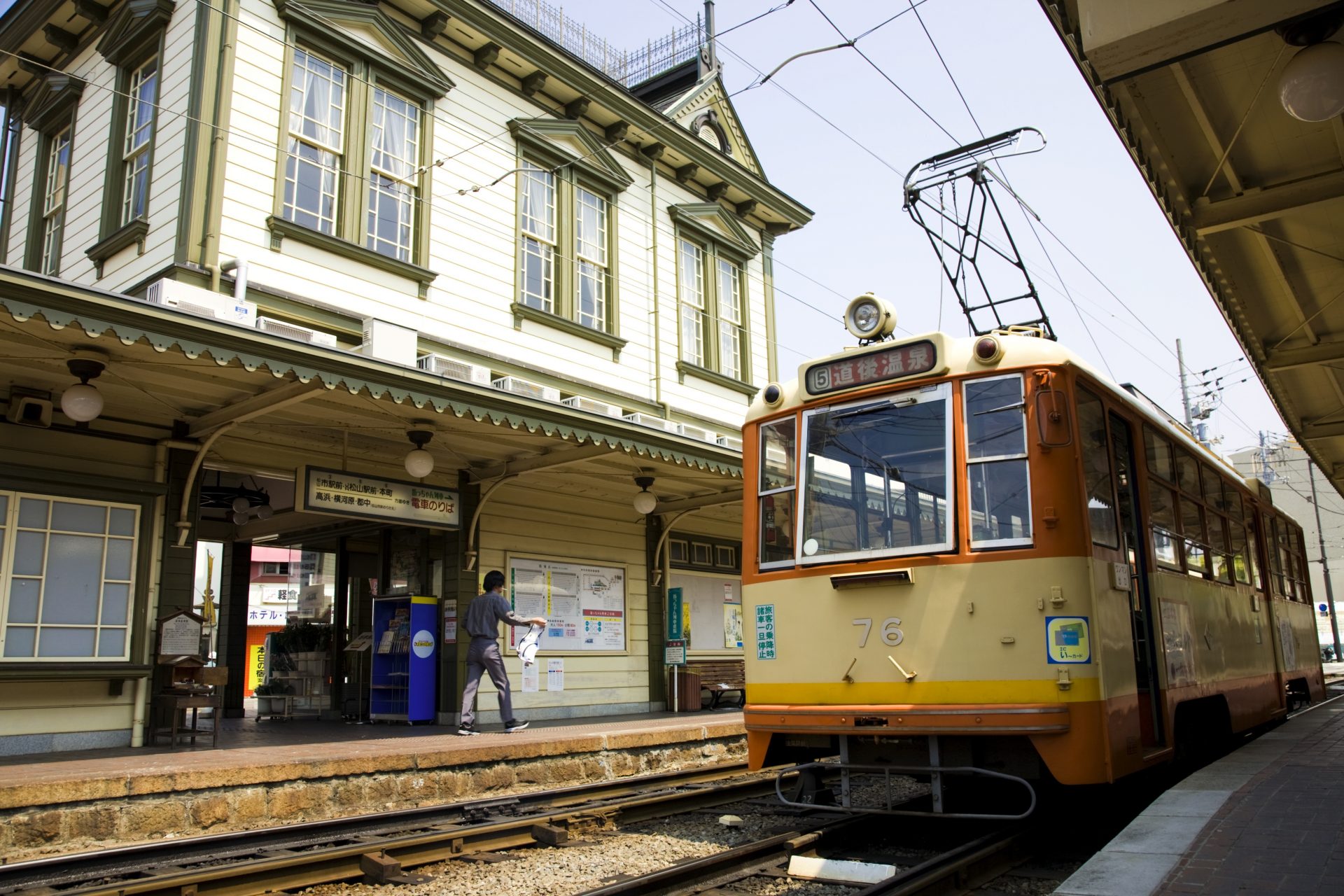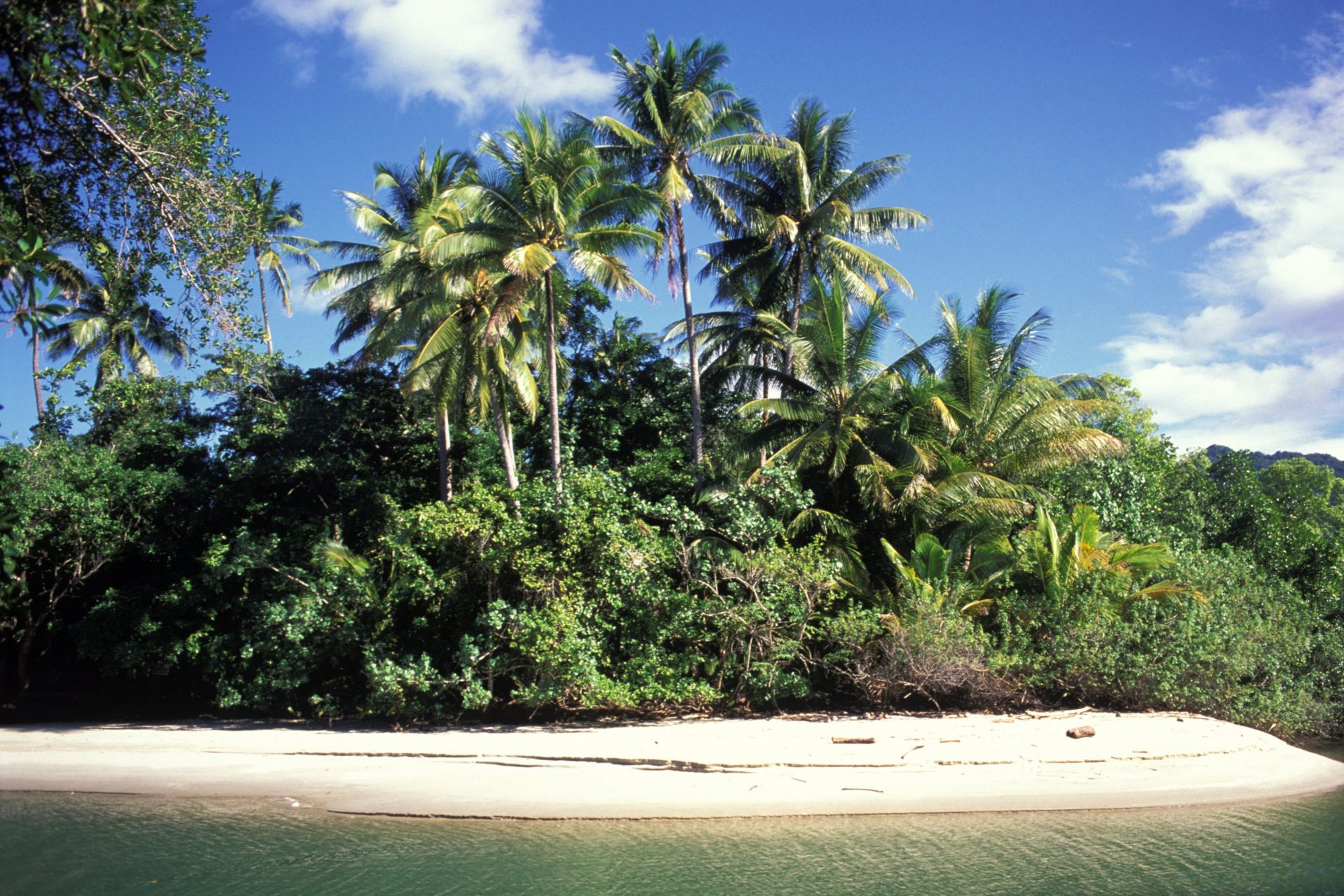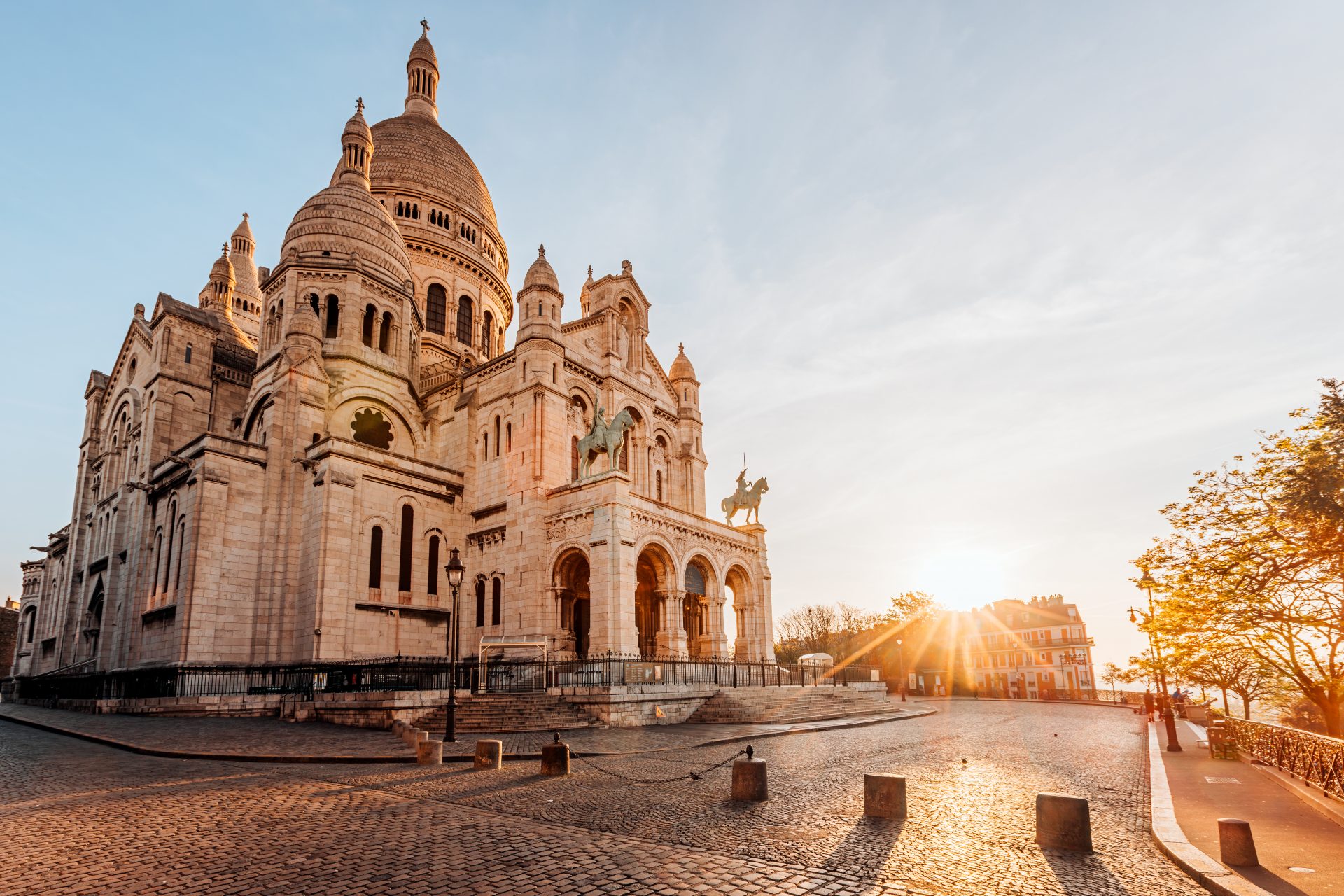Cave Homes: where are they and who lives in them?
If we imagine ourselves living in a cave, it can easily take us back to prehistoric times, when our ancestors painted the walls and made fire with sticks and rocks. But nothing near the reality… There were and currently are caves that serve as the home of many people around the world.
These cave-homes are part of what is called underground living, which is a new sustainable way of housing using ancient resources but adapted to modern times.
We are not only talking about traditional and natural caves, these homes are also manmade and dug out and carved in suitable rock surfaces in modern times. However, it is undeniable that natural caves are more special and unique.
The architecture used in these cave-homes is thought to take advantage of natural resources, like firm soil and "thermal inertia".
"Thermal inertia" is one of the advantages of cave-homes. Inside caves, you can naturally get "thermal comfort", which means that it is fresh in the summer and warm in the winter.
Throughout history, cave-homes or cave dwellings have been used by humans and are still in use to this day. Let's see where the most famous ones in the world are!
In the city of Granada (Spain), there is a neighborhood full of these cave-houses called Sacromonte. It is located in the highest part of the city and its caves are millenary, they are now used for many different purposes: housing, tourism, museums, etc. Guadix, another town in the province of Granada, may be the best example of underground living.
However, in Spain, there are other towns with many cave-homes. That's the case of Arnedo, in the province of La Rioja, where caves were inhabited till the XX century; Aguilar de Campos, in the province of Valladolid and the neighborhood of 'El Castillo'; Villacañas in Toledo and its silos; or Paterna in Valencia, where you can see a sea of little chimneys coming out of the caves.
La Roque-Gageac is a French town located in the province of Nouvelle-Aquitaine at the feet of a rocky cliff along the Dordogne River. There, in the middle of this fantastic landscape, we can find ancient cave-homes that are still inhabited today.
Other examples of cave-homes in French towns are Amboise, Naours, and Rocheménier. Naours is actually an entire underground city with an urban structure.
Picture: La Cité Souterraine de Naours (Mairie de Naours)
Kaymakli is one of the many underground and abandoned cities you can find in the region of Cappadocia, Turkey. According to data, it could have been built around the V and X centuries, and inside, many home-caves can be visited.
More examples of underground cities in Turkey are Derinkuyu, which even reached a total population of 20.000 people; Uçhisar, a troglodyte fortress in Cappadocia (castle included); Özkonak, discovered in 1972; or Ortahisar in which the cave-homes offer us an incredible view (in the picture).
In the Northwest of the Persian country, there is this curious town formed by rock cones in which cave-homes were dug out. It is unknown when the first human settlements started living in them, but it is sure that they have been occupied for the last 700 years.
Considered to be a UNESCO World Heritage, Sassi di Matera is a little Italian village known as "the city of stone" and has been inhabited since the Paleolithic period. Apart from the caves, we can see other rock constructions.
Schärferberg is a village in Saxony, Germany, that also has cave-homes. These homes excavated in the rock were built by immigrant workers between 1855 and 1858, but just 10 are still preserved to this day.
The last inhabited cave-homes in the United Kingdom are located in Kinver and are known as Kinver Edge. The houses are built in sand rock and were inhabited till the '60s and can be visited.
The high temperatures of this desertic area called Coober Pedy —a village 850 kilometers from Adelaide— pushed people to build their homes in caves like in the Stone Age. They started their underground living when they were settling down in the area in 1915.
Guyaju means "old cliff house", which gives us an idea of what this settlement located 90 kilometers away from Beijing can look like. It has more than 100 cave-homes excavated in the side of the mountain; they were inhabited by the Xiyi people during the Tang dynasty (618-907).
Also known as the Huangtu plateau, this location is an enormous piece of dusty land where, throughout history, many cave-homes have been built. The strong isolating power of loess has been used to protect houses from extreme temperatures. To this day, some of these houses are still inhabited by people.
This national park located in the state of Colorado in the U.S. is considered a Human Patrimony. There, we can see the remains of many cave-homes that were built by the Anasazi people; some of them are Cliff Palace, Mug House, Sand Canyon Pueblo, Spruce Tree House, and Square Tower House.
Another natural park, this time located in Iceland, in the south peninsula of Snaefellsnes. In the middle of that breathtaking landscape made of consolidated lava, we can find some underground huts that serve as a shelter for locals.
Built by Berbers, Matmata is known for its "troglodyte houses" that are more than 3.000 years old. The village looks like a big-scale anthill and was perfect to protect its inhabitants from the cold and heat of the desert. There are some people still living in them.
Bamiyan became famous in 2001 when the Taliban decided to blow up the giant buddhas that were there. It is an architectural patrimony that includes some cave-homes built in the VI century. The structures are still in use despite being used in the past by monks and as a place where the Taliban hid their arms.
The Bandiagara Escarpment is a sand cliff located in Sahel (Mali) that is 500 meters tall. There, the Tellem people excavated their cave-homes and lived in them for more than 600 years, until the XIV century, when it was occupied by the Dogon, the people that currently live there.
Known as the Kome Caves, these famous caves are located 25 km away from Teyateyaneng, the capital of the district of Berea in Lesotho. These homes are made with clay and were created by a man called Kgotso Komaise who got there after running away from an earthquake. There is a community of 300 people living in the village.
The 'Cave City' of Vardzia was built in Georgia more than 800 years ago during the reign of Queen Tamar who wanted to protect its people from the Mongols. It has more than 600 cave-homes spread over 13 floors, including a church and throne room. It was destroyed by an earthquake and is empty now.
Follow Showbizz Daily to stay informed and enjoy more content!





































